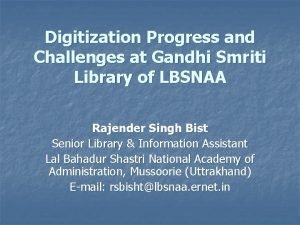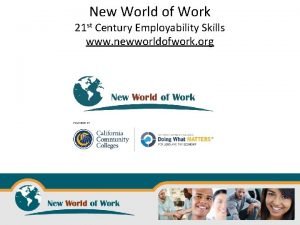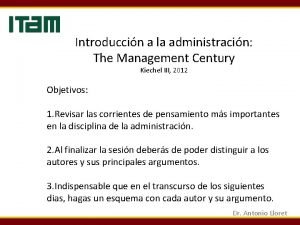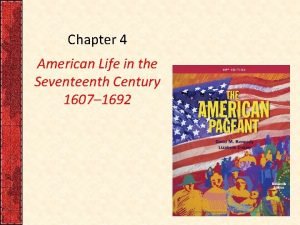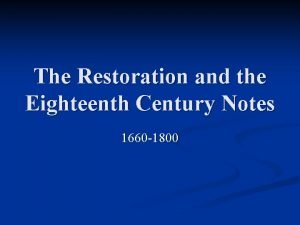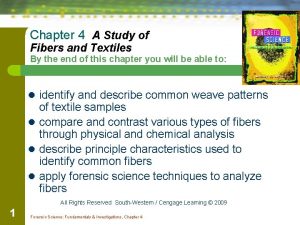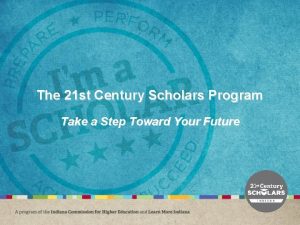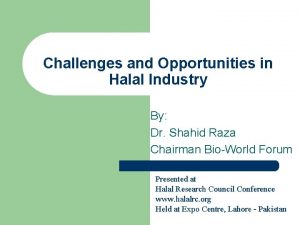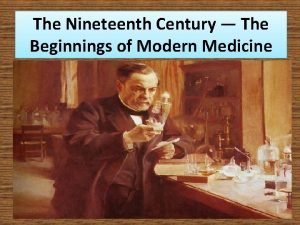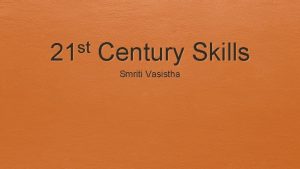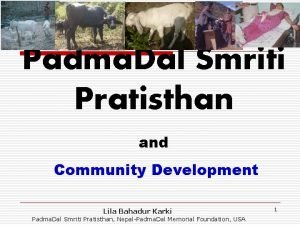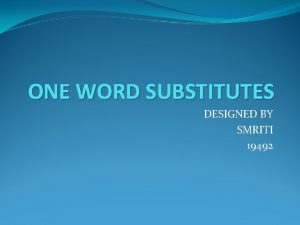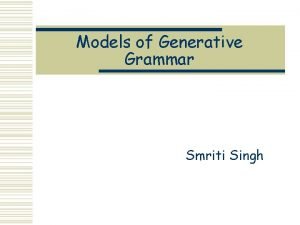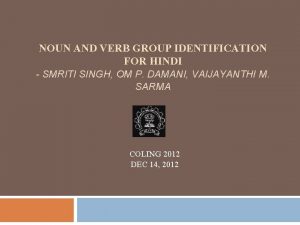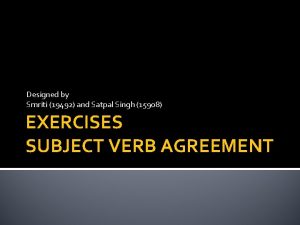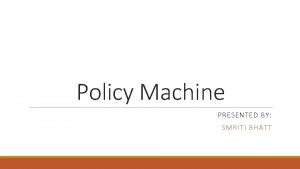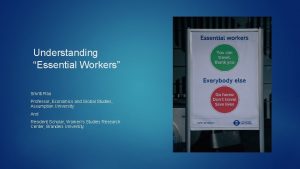st 21 Century Skills Smriti Vasistha 1 Financial
















- Slides: 16

st 21 Century Skills Smriti Vasistha

1. Financial Literacy (i. e. , managing money, understanding banking, using credit wisely, understanding taxes and insurance, understanding investing and homeownership, and understanding the implications of consumer fraud and identity theft)

2. Health Literacy The emphasis on health literacy addresses the need for individuals to be able to access and use high quality information to make health-related decisions. This includes a working knowledge of ways to access health information and services and a working knowledge of preventative health measures.

3. Environmental Literacy The intimate knowledge of our landscapes, and an affinity for the living world) This means that “environmentally literate” students will have the knowledge, tools, and sensitivity to properly address environmental problems, and to conscientiously include the environment as one of the considerations in their work and daily living. focuses on biodiversity, genetically modified foods, earthquakes, volcanoes, tsunamis, and global climate change.

4. Visual Literacy The graphic user interface of the internet and the convergence of voice, video, and data into a common digital format have increased the use of visual imagery dramatically. Advances such as smart phones, digital cameras, graphics packages, streaming video, and common imagery standards, allow for the use of visual imagery to communicate ideas.

5. Communication and Collaboration Learning is a fundamentally social activity—whether in schools, workplaces, or other environments. The communication and collaboration skill sets refer to the ability of individuals to communicate clearly, using oral, written, and non-verbal languages, and collaborate effectively and responsibly with diverse populations. Communicate Clearly Articulate thoughts and ideas effectively using oral, written and nonverbal communication skills in a variety of forms and contexts. Listen effectively to decipher meaning, including knowledge, values, attitudes and intentions Use communication for a variety of purposes [e. g. , to inform, instruct, motivate and persuade] Utilize multiple media and technologies, and know how to judge their effectiveness a priori as well as assess their impact Communicate effectively in diverse environments [including multi-lingual]

6. Critical Thinking and Problem Solving Critical thinking and problem solving skills include the ability of individuals to a) reason effectively, b) ask pointed questions and solve problems, c) analyze and evaluate alternative points of view, and d) reflect critically on decisions and processes. The P 21 initiative specifically focuses on the ability of learners to: a) reason effectively, b) use systems thinking, c) make judgments and decisions, and solve problems. thinking as the ability to analyze, interpret, evaluate, summarize, and synthesize information. What gives these, perhaps traditional, critical thinking skills a twist in the 21 st Century is the availability of advanced technologies for accessing, manipulating, creating, analyzing, managing, storing, and communicating information.

7. Creativity and Innovation This calls for a culture of innovation informed by data, research, and critical and creative thinking. This skill set promotes creative thinking and the ability to work creatively with others. Lack of attention to developing creativity and innovation skills is often based on a common misperception that creativity is only for artistic-types and geniuses – that creativity is something one is born with or without (Trilling & Fadel, 2009). Creativity can, Triling & Fadel argue, be nurtured by teachers and learning environments that encourage questioning, openness to new ideas, and learning from mistakes and failures.

8. Life and Career Skills focus on the ability of individuals to work effectively with diverse teams, be open-minded to varying ideas and values, set and meet goals, manage projects effectively, being accountable for results, demonstrate ethical practices, and be responsible to both one’s self and the larger community.

9. Leadership and Responsibility : Leadership and responsibility skills include the ability of individuals to work with the interest of the larger community in mind, to inspire others by example, and to capitalize on the strengths of others to achieve a common goal.

10. Productivity and Accountability Skills that fall into the “productivity and accountability” category include: setting and meeting goals, prioritizing needs, managing time, working ethically, and collaborating and cooperating with colleagues and clients. students should be able to manage projects; set and meet goals; prioritize, plan, and manage work; produce results; multitask; work positively and ethically; be accountable for results; and collaborate and cooperate effectively with teams.

11. Social and Cross-Cultural Skills : 21 st century social and cross-cultural skills reference the ability to work well with colleagues, present oneself professionally, and respect and embrace social and cultural differences. This ability is an essential 21 st century life skill. Understanding and embracing cultural and social differences and using those differences to develop new ideas and new solutions to problems are increasingly important in social spheres as well as in the workplace. students should be able to interact effectively with others, conduct themselves in a respectful and professional manner, work effectively in diverse teams, respond open-mindedly to different ideas and values, and be able to work effectively with people from a range of social and cultural backgrounds.

13. Media Literacy : The literature on 21 st century media skills argues that it is essential for individuals to be able access, understand, and analyze media and media messages. This skill set includes the ability to understand media bias and the ways in which media influences beliefs and behaviors. A media literate individual will be able to understand ethical issues surrounding the production of and use of various media forms and critique the inclusion or exclusion of opinions or factual information in media reports.

14. Information Literacy Information literacy forms the basis for lifelong learning. It is common to all disciplines, to all learning environments, and to all levels of education. It enables learners to master content and extend their investigations, become more self-directed, and assume greater control over their own learning. Information literacy is “the ability to recognize when information is needed and have the ability to locate, evaluate, and use effectively the needed information” (Learn Higher, 2006). Information literacy skills include: accessing information efficiently, evaluating information Information literate individuals are able to: Determine the extent of information needed Access the needed information effectively and efficiently Evaluate information and its sources critically Incorporate selected information into one’s knowledge base Use information effectively to accomplish a specific purpose

15. Technological Literacy The use of social media – from blogging to on-line social networking to creation of all kinds of digital material is central to many teenagers; lives. 21 st century learning initiatives, informed by emergent research on how people best learn, leverage emerging technologies (e. g. , computers, smart phones, and Web 2. 0 tools) and embraces the collaborative, participatory learning made possible through Web 2. 0 technology enables users to produce and share

 Hannes chopra
Hannes chopra Gandhi smriti library
Gandhi smriti library New world of work 21st century skills
New world of work 21st century skills Ontario skills passport
Ontario skills passport ü
ü Hard skills vs soft skills
Hard skills vs soft skills Non-financial methods of motivation
Non-financial methods of motivation The management century
The management century Chapter 4 american life in the seventeenth century
Chapter 4 american life in the seventeenth century The restoration and the 18th century notes
The restoration and the 18th century notes Southwestern educational publishing
Southwestern educational publishing How to read timelines
How to read timelines Classification of fibers
Classification of fibers Muhammad ali sportsman of the century
Muhammad ali sportsman of the century How to keep your 21st century scholarship
How to keep your 21st century scholarship 21st century halal certificate
21st century halal certificate Nineteenth century
Nineteenth century

